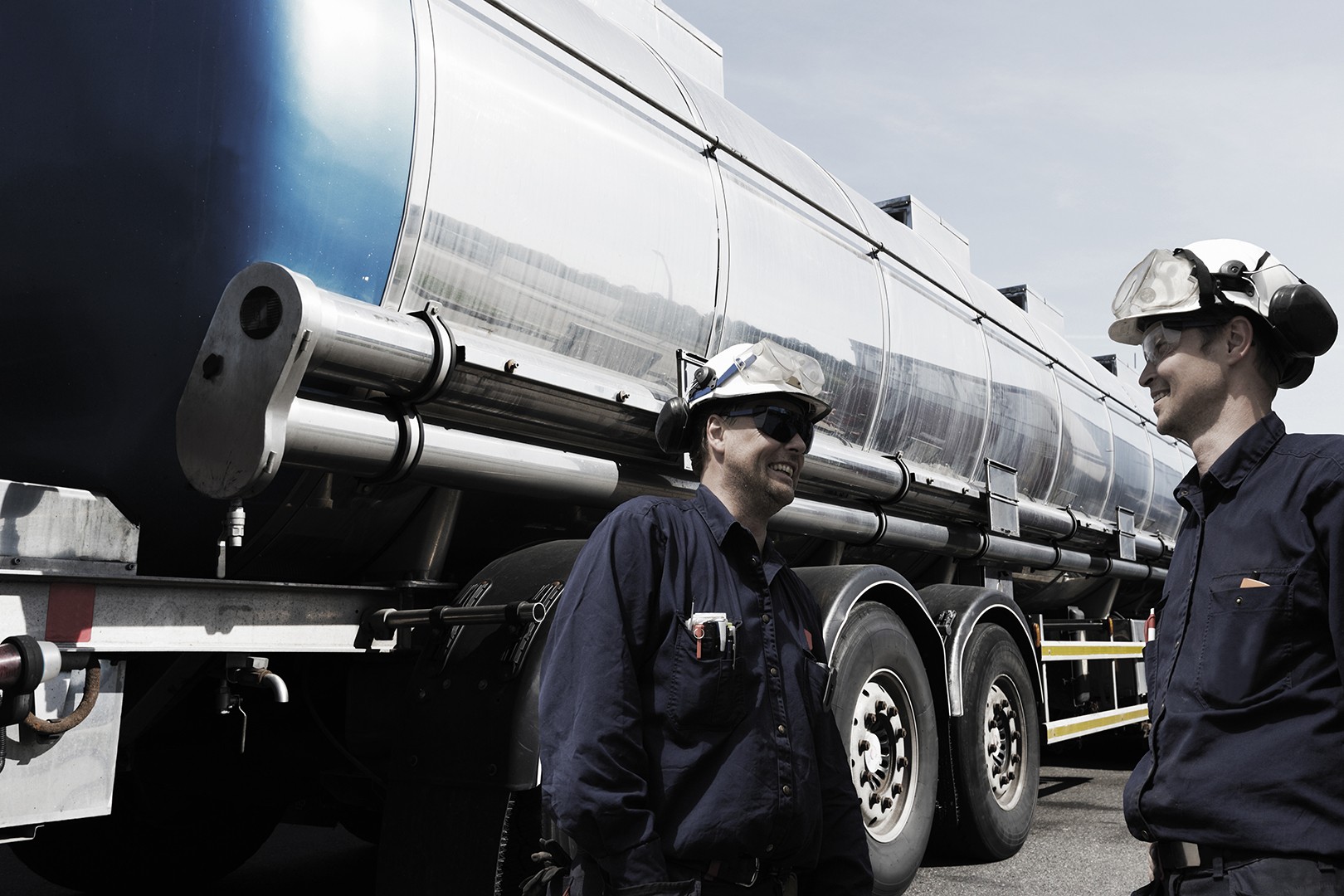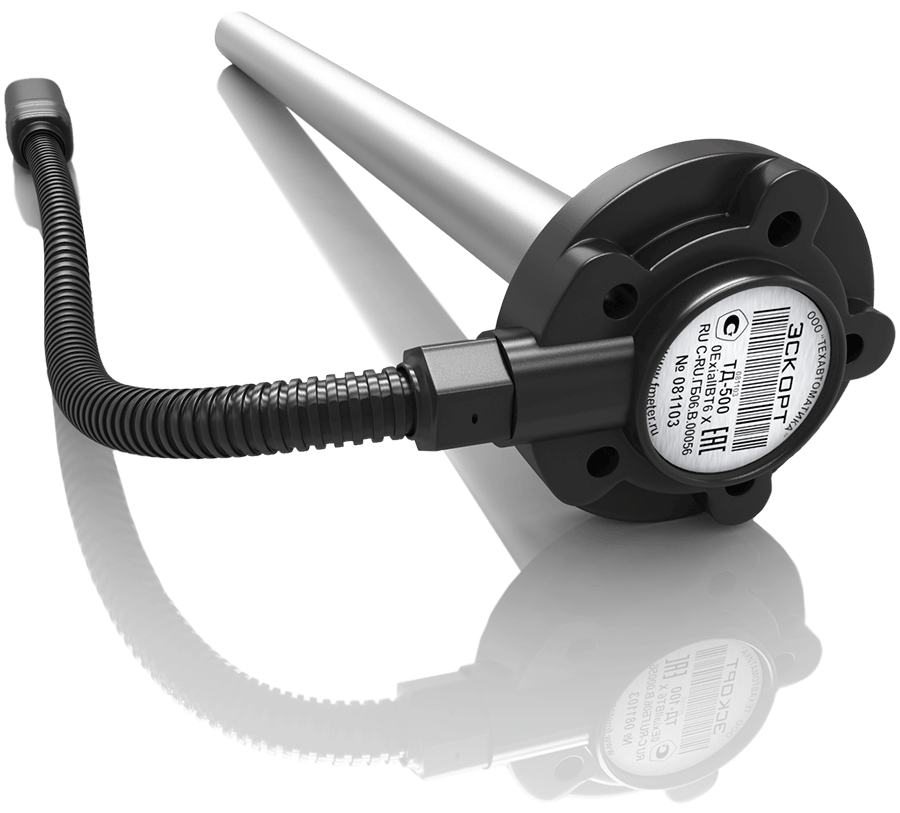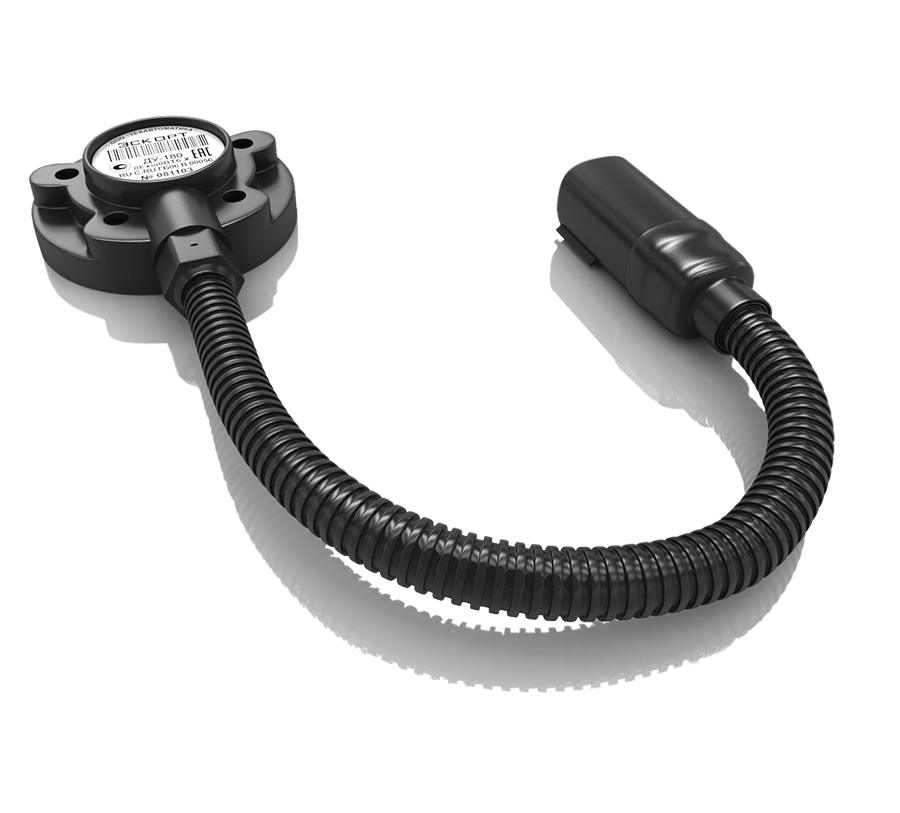Tracking of fuel transportation with
TD-500 and DU-180 sensors

Country: Russia
Industry: Logistics (fuel road haulage)
Year: 2016-2018
Customer: A major fuel supplier of the federal petrol station network
Equipment: fuel level sensors ‘Escort TD-500’ and tilt angle sensors ‘Escort DU-180’
Issues and objectives
During the hauls, the drivers must meet the strictest safety requirements. Their actions as well - as those of other personnel involved - must be closely observed. Negligence, fuel thefts during the course of hauls, fuel under-refillings and drains are a common occurrence. Even small scale thefts eventually cause significant losses and damage the supplier’s reputation. Lack of control allows for systematic thefts. This results in the supplier being literally ‘held hostage’ by the thieves.
What is worse is that such thefts most often also involve breaches of the safety regulations. This may lead to higher chances of accidents with the supplier being held accountable.

Solution
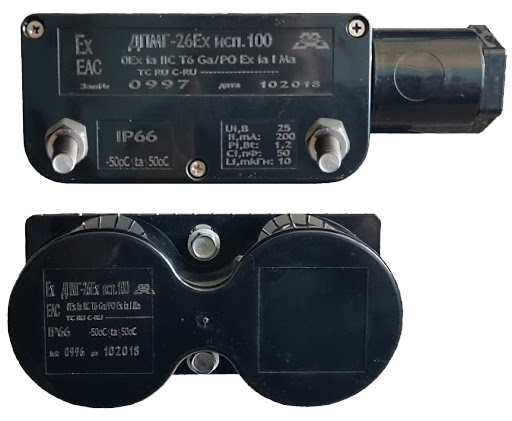
Magnet locks and keys
Standard on-board diagnostics
Standard on-board diagnostics tools installed on the modern-day fuel truck tanks have their advantages but they are not enough to closely monitor the actions of employees and prevent thefts in a timely fashion, especially when the truck tank is en route. For comprehensive monitoring and control of the fuel level during the loadings, haulage and unloadings, it is vital to implement extra equipment.
Magnet locks and keys
When it comes to the haulage, restricting access to the fuel by installing magnet locks and implementing magnet keys unfortunately has its limitations. The technologies used in such locks are quite primitive and easy to circumvent. Moreover, it is simply ineffective and inconvenient to install such locks on every segment of a fuel dispensing system of the truck tank. Aside from the dispenser tank of the vehicle, the upper sections of the truck tank also must be monitored.
GLONASS/GPS monitoring
In reality, this is the right way to control the fuel truck tanks. However, installing a GPS device to track down the location of each asset is simply not enough.
It is vital to install various sensors on the hatches of the truck tanks and on various parts of the dispenser unit as well as provide video surveillance and employee identification system. All the data collected by this equipment then must be further uploaded onto the monitoring platform. Here is how it is done.
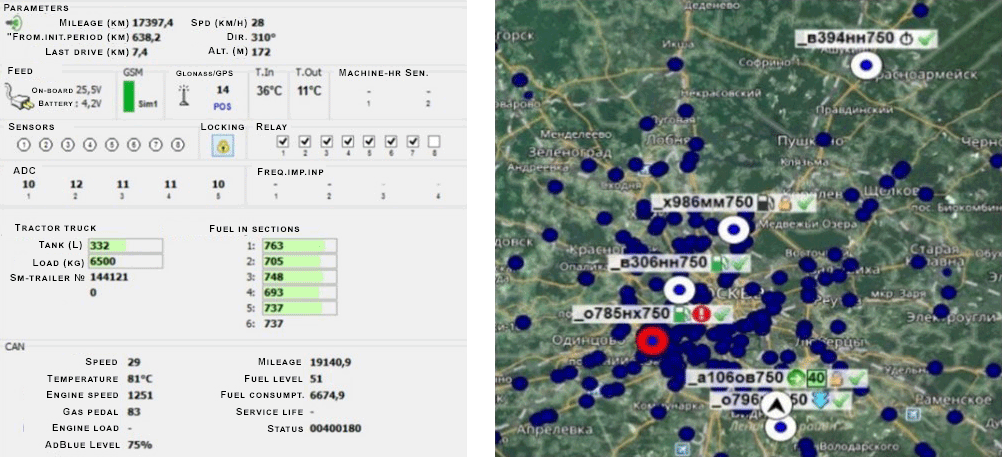
Implementation
Our customer - the federal company - agreed on that it would be more cost-effective and efficient to install not only GPS devices but also several types of sensors that would monitor all activities around the truck tanks and provide timely reports on any security breaches in real time.
A pilot project for 80 truck tanks was launched. In under two months, all assets were fitted with fuel level sensors ‘Escort TD-500’ and tilt angle sensors ‘Escort DU-180’.
With that, the customer also had digital locks installed on the dispenser tanks. Thus, nobody could get access to the fuel unless the truck was in an authorized geo-zone and an employee had the required clearance. Furthermore, every dispenser tank was fitted with an angle sensor reporting on the tank’s lid status (open or closed). Additionally, video surveillance system was installed on every asset. All this enabled the customer to get access to the full data, available even on mobile devices, on what was going on with the adapters and bottom drainage valves and on whether there were any unauthorized under-refillings and/or drains.
Thanks to this complex monitoring system, it became easy to monitor any activity around the truck tanks. When a fuel truck leaves a station, the system checks if all tanks and hatches are closed. If everything is in order, the tanks and hatches are sealed.
When the truck arrives at the destination point, an employee there can see that the seals are intact and the sensors have reported no alarms. The truck is then cleared for unloading. After that, an employee uses their digital key and the systems checks if the asset is in the proper geo-zone and whether this employee is authorized to initiate the unloading of the fuel. If everything is in order, the digital lock opens and the fuel is unloaded.
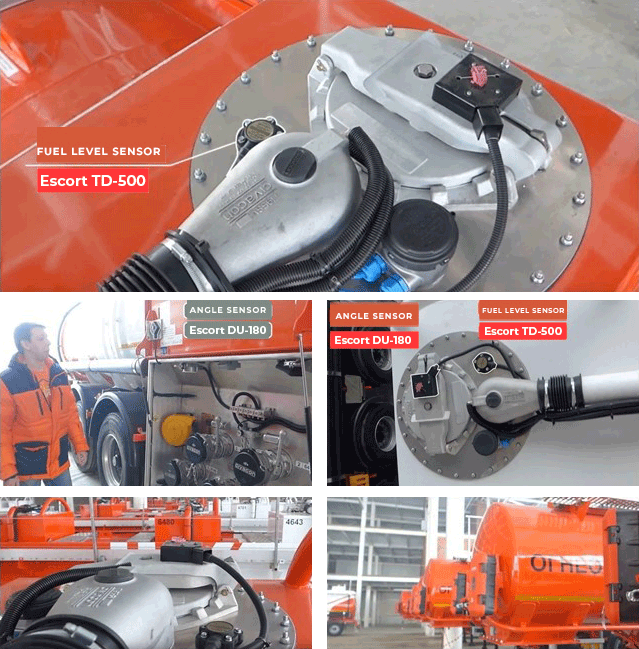
Good practices: our experience and recommendations
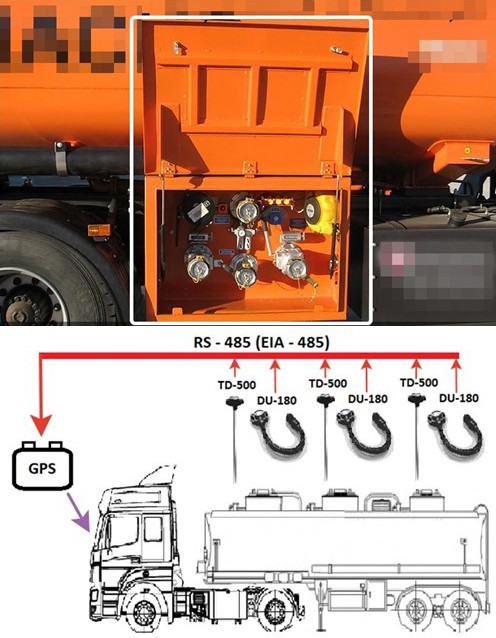
As mentioned above, the ideal solution is to install GPS/GLONASS device, ‘Escort TD-500’, ‘Escort DU-180’, video surveillance and driver identification system (RFID readers with tags).
The fuel level sensors are mounted on the tank hatches. The tilt angle sensors are installed on the truck tanks’ lids. Extra angle sensors are fitted onto the dispenser tank’s lid where the drainage pipeline of each tank’s section can be found.
The way the cabling is done depends on the truck’s type. However, there should be no problem with that since the sensors were designed with specifications of the most wide-spread truck tanks.
When installing, all sensors must be properly calibrated and configured in order to get as accurate reports as possible. This is where the integrator company should help you out.
The data received from the sensors and the performance of video surveillance must be thoroughly checked by the integrator as well. Always make sure that you are dealing with an experienced and competent integrator before the installation of the mentioned equipment. To do so, you want to check if the company in question is a partner of the Escort Monitoring Systems.
Performace
Customer’s review:
“After we installed the fuel level sensors ‘Escort TD-500’ and angle sensors ‘Escort DU-180’, we were able to monitor the fuel level in every truck tank’s section, the volume of refillings and drains as well as the status of every section’s hatch and every dispenser tank’s lid. Some highlights:
- 24/7 access to all the data on every truck’s location, route and haulage records
- 10-40% percent lower fuel costs
- x2 lower costs related to vehicle inspections
- 30% decrease of time spent idling
- Increase in the professional ethics and discipline
- No more fuel thefts by drivers and other employees
In general, the newly implemented solutions started paying off in just a few weeks after the installation. All installation costs were recovered in full by the third month. We no longer have to suffer financial losses. We can focus on the profits now as there is no need to worry about the monitoring of assets.”
Integrator's review:
‘It has been more than a year since the equipment was installed on the 77 assets. In that year, the system has proved its effectiveness. There is no room for under-refillings or thefts anymore. The customer now has a dispatch center whose personnel vigilantly monitors the state of every truck and every sensor installed on it. Every asset is fitted with seven cameras that enable the customer to see what is going on with a particular truck tank.
